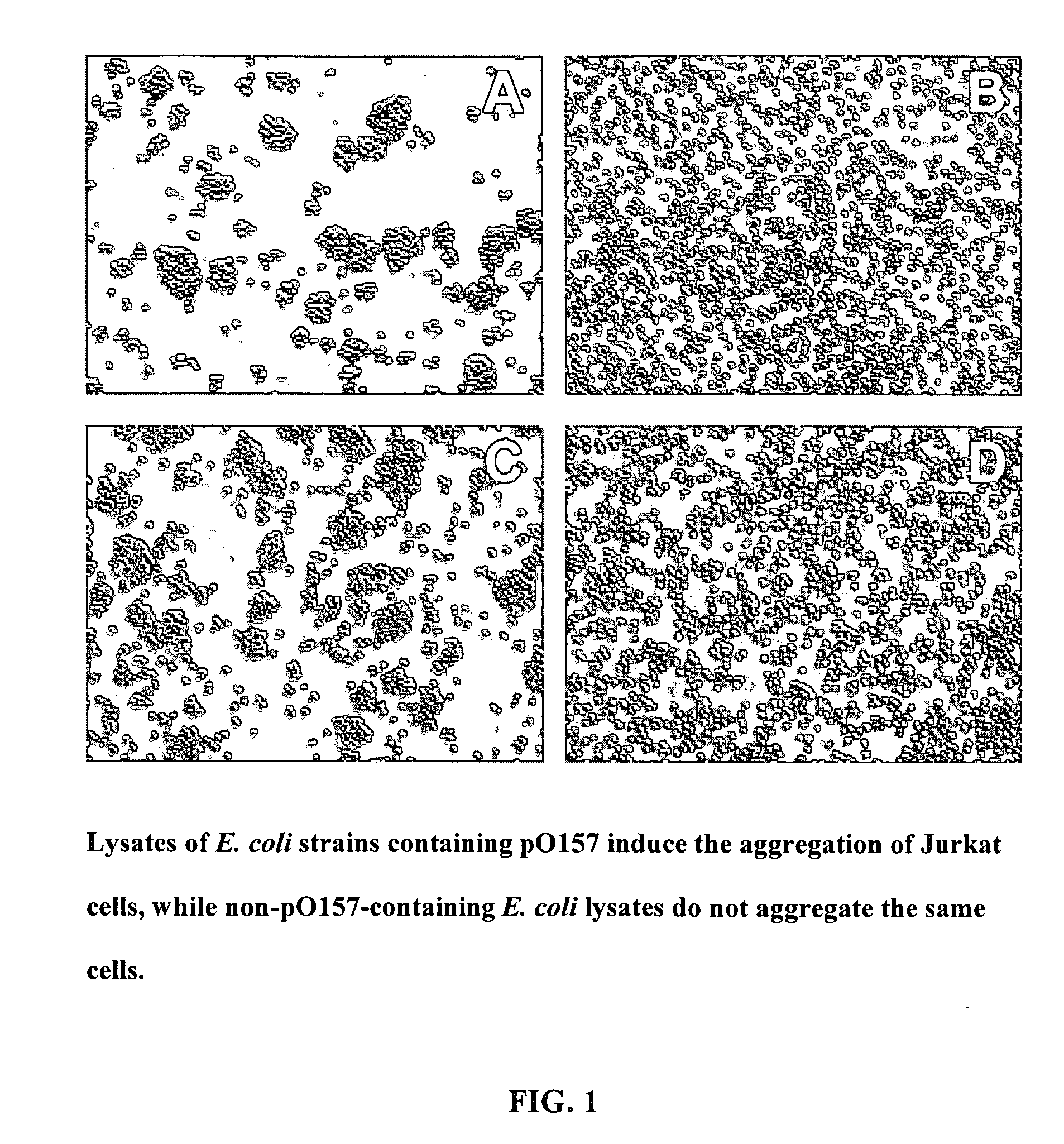Method of reducing the viscosity of mucus
- Summary
- Abstract
- Description
- Claims
- Application Information
AI Technical Summary
Benefits of technology
Problems solved by technology
Method used
Image
Examples
examples
[0075] Identification and Characterization of StcE
[0076] A list of bacterial strains and plasmids is found in Table 1. Strains were constructed and plasmids were maintained in either E. coli K-12 DH1 or C600 unless otherwise noted. Recombinant DNA manipulations were performed by standard methods.
[0077] Enterohemorrhagic Escherichia coli strains EDL933 and EDL933cu (lacking plasmid pO157) and WAM2371 (enteropathogenic E. coli strain E2348 / 69) were provided by Dr. Alison O'Brien of the Uniformed Services University. WAM2035 (C600 / pO157) was provided by Dr. Hank Lockman of the Uniformed Services University. WAM2516 (Citrobacter rodentium strain DBS 100) was provided by Dr. David Schauer of the Massachusetts Institute of Technology. The Diarrheagenic E. coli (DEC) collection was a gift from Dr. Tom Whittam of the University of Pennsylvania. WAM2547 was created by transforming pLOF / Km (a gift from Dr. Victor De Lorenzo of the GBF-National Research Centre for Biotechnology, Germany) int...
PUM
| Property | Measurement | Unit |
|---|---|---|
| Mass | aaaaa | aaaaa |
| Mass | aaaaa | aaaaa |
| Mass | aaaaa | aaaaa |
Abstract
Description
Claims
Application Information
 Login to View More
Login to View More - R&D
- Intellectual Property
- Life Sciences
- Materials
- Tech Scout
- Unparalleled Data Quality
- Higher Quality Content
- 60% Fewer Hallucinations
Browse by: Latest US Patents, China's latest patents, Technical Efficacy Thesaurus, Application Domain, Technology Topic, Popular Technical Reports.
© 2025 PatSnap. All rights reserved.Legal|Privacy policy|Modern Slavery Act Transparency Statement|Sitemap|About US| Contact US: help@patsnap.com



